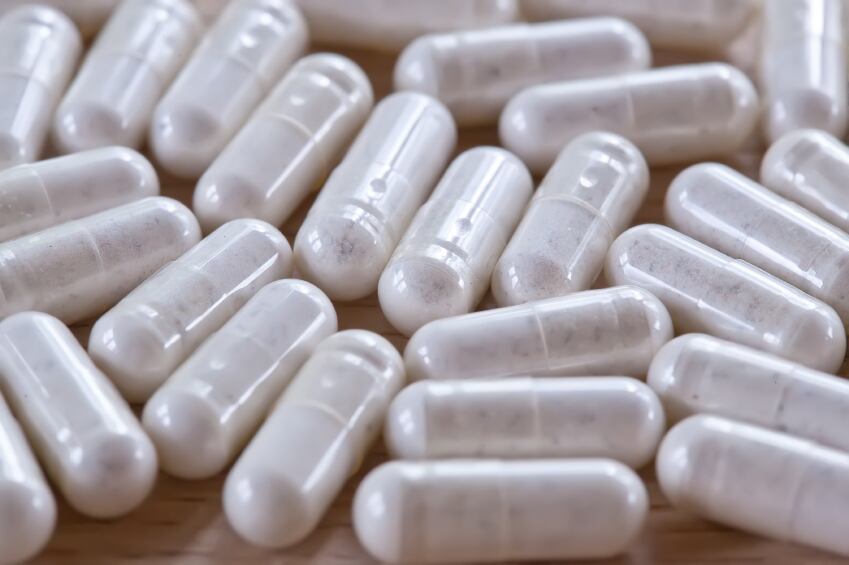A ‘major’ by-product of rice production could be used to support growth of probiotic bacteria, according to researchers writing in Innovative Food Science & Emerging Technologies.
“Rice bran is major by-product obtained in the rice processing,” noted the team – led by Premsuda Saman from Thailand Institute of Scientific and Technological Research.
The international research team – made up of scientists from research institutes in Thailand, Spain, Portugal and the UK – noted that since bran constitutes approximately 8–10% of the whole rice kernel, and recent data from the Food and Agriculture Organization (FAO), suggest global annual production of rice to be around 680 million tons, approximately 60 million tons of bran by-product is produced every year.
“Currently, the rice bran is used mainly in animal feeding,” they said. “However, this use is not considered to be economically productive, and research is required in the search for value-added products from rice bran.”
Study details
Saman and colleagues prepared fractions of rice-bran. Using debranning technology they created six rice fractions were produced with increasing debranning degrees – all of which then had fermentation media were prepared from them, and were evaluated for supporting the growth of two probiotic strains, Lactobacillus plantarum NCIMB 8826 and Lactobacillus reuteri NCIMB 8821.
“The fermentative capacity of rice fractions obtained by debranning technology shows a strong dependence on the specific probiotic lactic acid bacteria,” the team revealed.
“In fact, in all fractions, L. plantarum performed considerably better than L. reuteri since greater cell biomass, substrate utilisation (TRS and FAN) and lactic acid production were obtained.”
Analysis showed that a 3.7% debranning degree resulted optimal stimulation and growth of the selected probiotic strains – as such, the team suggested that this fraction “might be suitable for producing potential synbiotic formulations.”
“This suggests that fractionation using controlled debranning could be implemented as an easy and inexpensive scale-up process to obtain functional ingredients that might be used for the production of potential synbiotic food products,” they added.
Furthermore, Saman and colleagues suggested additional studies should also focus on the in vivo analysis of the prebiotic potential of the rice fractions.
Source: Innovative Food Science & Emerging Technologies
Published online ahead of print, doi: 10.1016/j.ifset.2018.05.009
"By-products of the rice processing obtained by controlled debranning as substrates for the production of probiotic bacteria”
Authors: Premsuda Saman, et al

